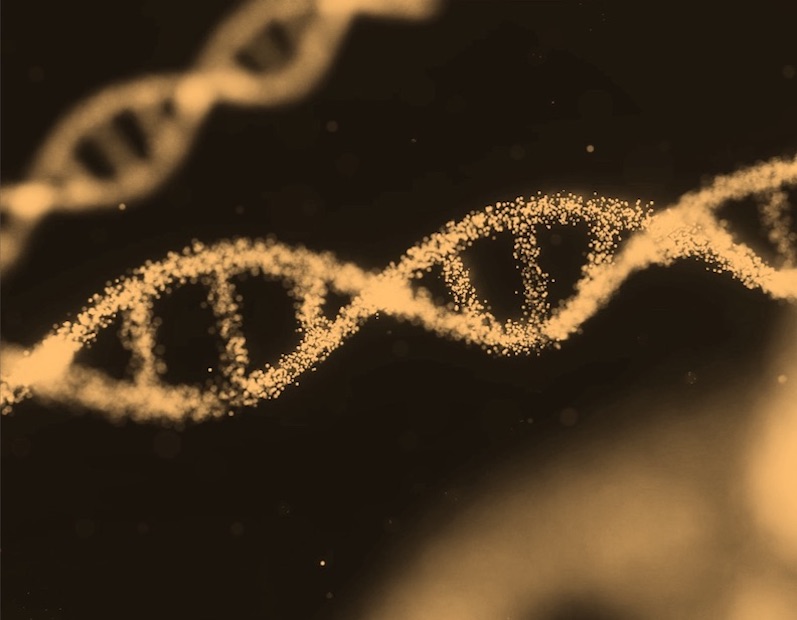What is it about?
We describe a case of a 49-year-old female who presented with acute onset of vertigo and imbalance following self-manipulation of the cervical spine. Examination revealed a restricted cervical range of motion, muscle hypertonicity, and positive neurological signs. Radiographs demonstrated loss of normal cervical lordosis. The patient was diagnosed with cervicogenic dizziness and prescribed chiropractic treatments that included spinal manipulation, soft tissue release, and rehabilitative exercises. After four weeks of care, her symptoms had improved. At the six-month follow-up, the patient remained asymptomatic with a full cervical range of motion.
Featured Image

Photo by Keenan Constance on Unsplash
Why is it important?
Patients with pre-existing cervical pathologies who experience dizziness and related neck pain are referred to as having cervicogenic dizziness.
Perspectives
This case highlights the risks associated with neck manipulation and the effectiveness of chiropractic treatment for cervicogenic dizziness. Patients should be counseled to seek evaluation and treatment from appropriate medical professionals for neck issues or dizziness/imbalance.
Dr Eric Chun-Pu Chu
New York Medical Group
Read the Original
This page is a summary of: Cervicogenic Dizziness After Self-Manipulation of the Cervical Spine, Cureus, April 2023, Springer Science + Business Media,
DOI: 10.7759/cureus.37051.
You can read the full text:
Resources
Contributors
The following have contributed to this page







